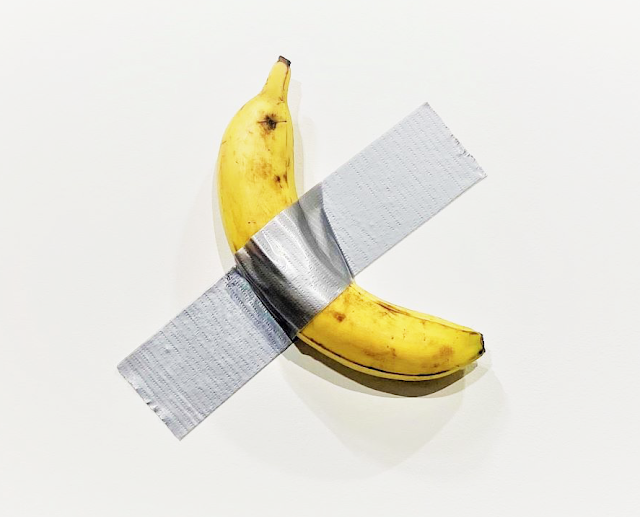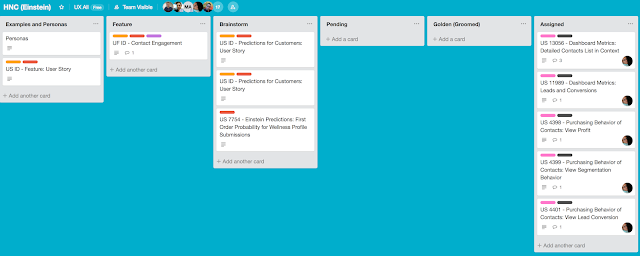One Tool to Rule Them All: Why Figma Became Our UX Powerhouse

In the past few years, our UX team at City National Bank made a deliberate shift to simplify and modernize our design workflow. We moved away from a multi-tool stack—Sketch, InVision, and Axure RP—and consolidated everything into a single platform: Figma . This wasn’t a reaction to trends. Well, in case of Sketch – maybe. However, it was a response to inefficiencies, security and compliance requirements, and the need to scale UX operations across teams with fewer moving parts. Where It Started In 2021 , after a new UX designer joined the team, he recommended we explore Figma as a replacement for Sketch + InVision. At the time, our high-fidelity designs were built in Sketch and synced to InVision via the Craft plugin. It worked, but not without friction: plugin errors, repeated logouts, sync failures, and limited real-time collaboration. Did I mention the Mac-only exclusivity? Sketch never quite escaped its roots as a design tool built for San Francisco hipster’s startups...





